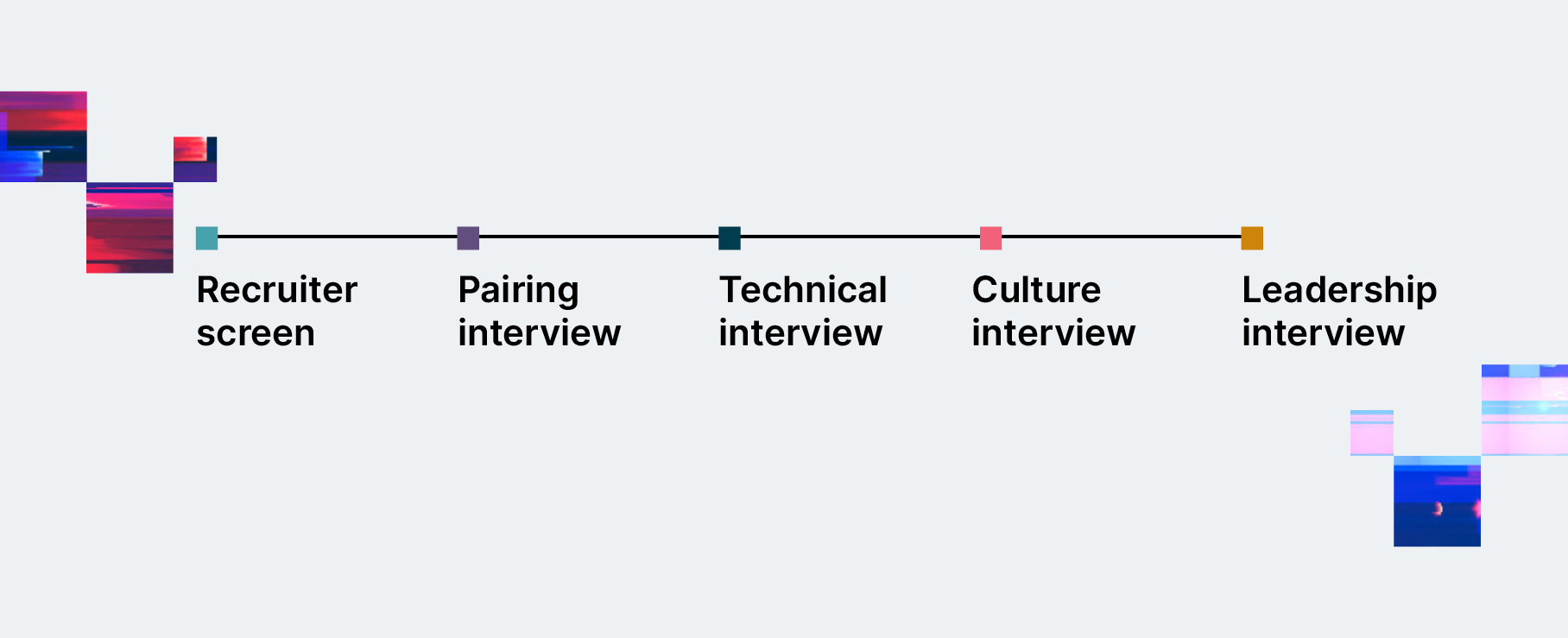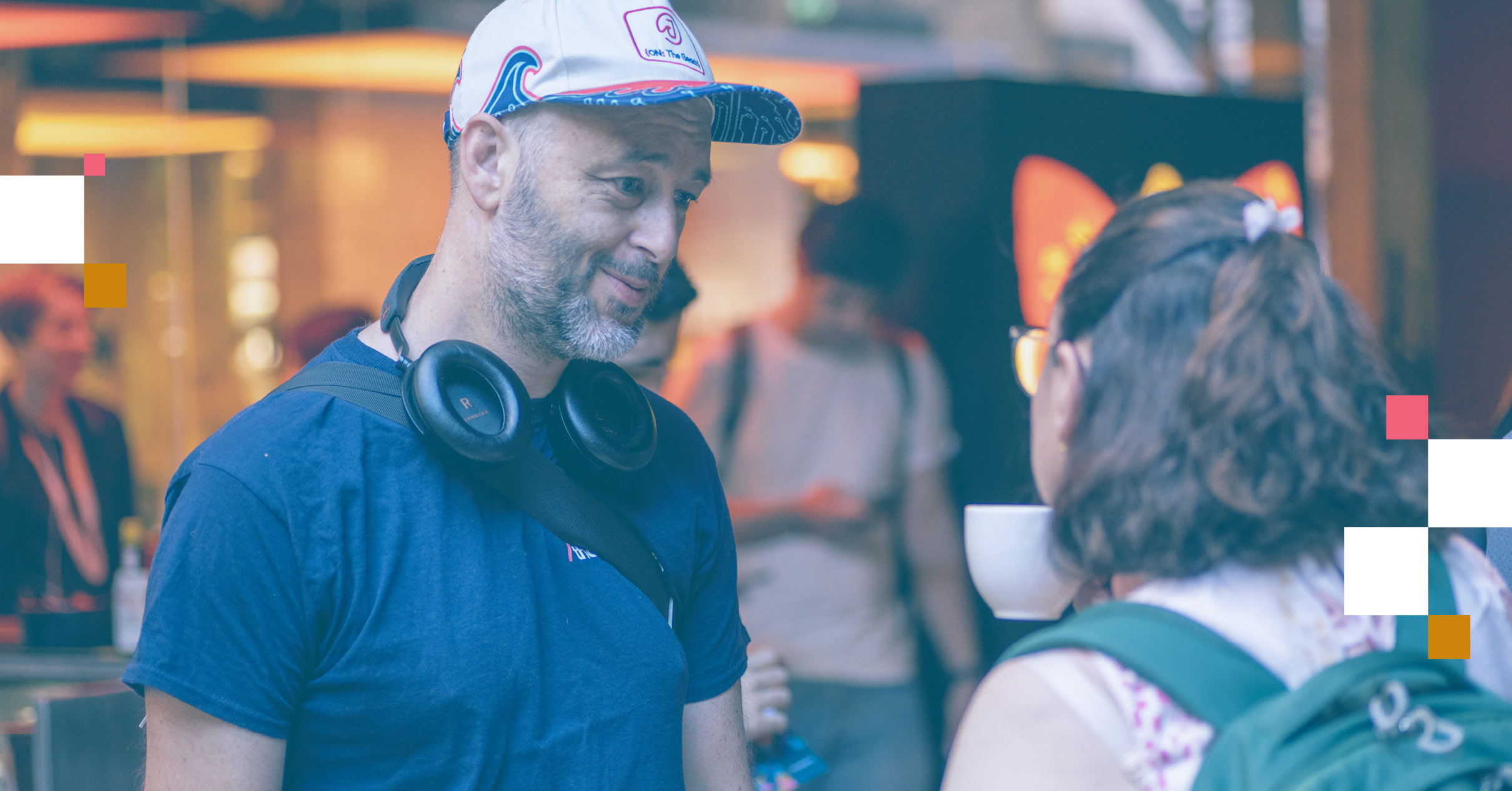The search for a new job opportunity can be challenging, especially when it involves going through a hiring process. At Thoughtworks, our goal is to ensure that this journey is as enriching and transparent as possible, both for candidates and interviewers. Our process is designed so that you can showcase your skills beyond your resume while also learning more about our company and culture. We call this process the Joy of Interviewing (JOI).


What is the Joy of Interviewing?
The Joy of Interviewing was created to provide a safe and comfortable environment where candidates can authentically demonstrate their skills. For us, each stage is an opportunity to get to know each other better. We want candidates to feel free to ask questions and understand what it is really like to be a Thoughtworker.
The hiring process traditionally consists of five stages, each with specific objectives and a set of attributes being evaluated, always aligned with the seniority and responsibilities of the available roles. In some cases, considering our consulting context, there may be additional stages depending on the client’s needs, but do not worry — our Talent Acquisition team will let you know if that happens. From your first contact with our recruitment team to your final interview, you will be supported by a diverse community passionate about making an impact.
The stages of the hiring process


1. Recruiter screen
This is our first conversation, where we will get to know each other beyond the resume. This is your time to bring up any questions or topics you would like to discuss. We will talk about the technical and non-technical requirements of the role, Thoughtworks' culture, and other important topics, such as salary expectations. The conversation lasts about 1 hour, and feedback is typically provided within two days.
2. Pairing interview
In this technical stage, you will have the opportunity to demonstrate your skills through a pairing exercise with a Thoughtworks consultant. We evaluate aspects such as technical depth, focus on excellence, and collaboration skills. It is also a great opportunity to experience how we work together. This interview lasts up to 60 minutes. In some cases, this stage may not be necessary, and these attributes will be assessed in subsequent interviews.
3. Technical interview
This interview focuses on your professional experience and your ability to handle various scenarios. We evaluate technical breadth, meaning your knowledge of project life cycles, tools, and the implications of decisions made throughout the process. In some cases, this interview may be combined with the pairing interview, lasting up to 90 minutes.
4. Culture interview
In this stage, aside from technical aspects, we will discuss topics important to Thoughtworks, such as collaboration, growth, and our commitment to social change. We will talk about how we interact with our teams, clients, and society. Issues like feedback practices and responsible technology are covered in this conversation, which can last up to 60 minutes.
5. Leadership interview
The interview with Thoughtworks leadership is an opportunity to discuss decision-making processes and the role of leadership in enabling autonomous teams. We will also talk about your career goals and how we can support your development. This interview lasts 60 minutes.
A feedback-focused process
After all the interviews, we gather feedback from everyone you have interacted with. Whenever a process concludes, whether with a job offer or not, we strive to provide feedback based on your skills and the business needs. Our recruitment team is available to discuss the results and also to hear your thoughts.

Our goal is to ensure that the hiring process at Thoughtworks is a positive and enriching experience, where you feel welcomed to showcase your best while learning more about what it’s like to be a Thoughtworker. If you are looking for a collaborative environment committed to revolutionizing the tech industry, we invite you to apply and experience the Joy of Interviewing firsthand. We are excited to meet you!
Disclaimer: The statements and opinions expressed in this article are those of the author(s) and do not necessarily reflect the positions of Thoughtworks.


















